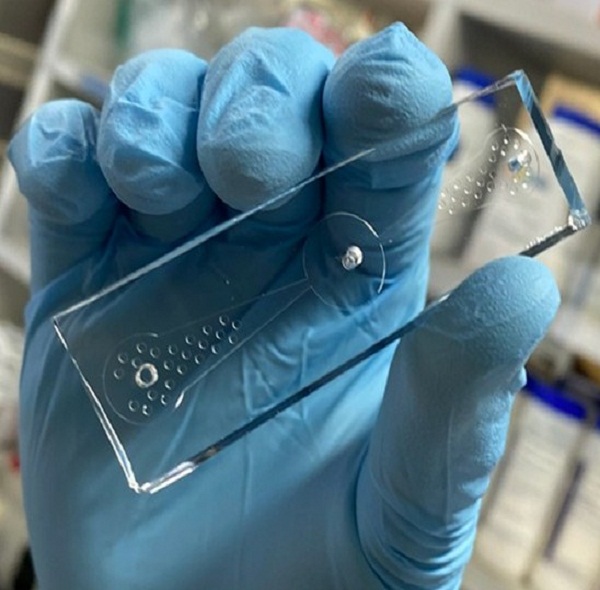The roundworm C. elegans has been shown to wriggle its way toward cancer cells by following an odour trail. Scientists have now developed a device that uses the tiny worms to detect lung cancer cells.
Currently, doctors diagnose lung cancer by imaging tests or biopsies, but these methods often can’t detect tumours at their earliest stages.
Although dogs can be trained to sniff out human cancer, they aren’t practical to keep in labs. Nari Jang and Shin Sik Choi, researchers from Myongji University in South Korea, decided to grow worms called nematodes, which are around 1mm in length, in the lab and use their extraordinary sense of smell to develop a non-invasive cancer diagnostic test.
“Lung cancer cells produce a different set of odour molecules from normal cells,” Choi said. “It’s well known that the soil-dwelling nematode, C. elegans, is attracted or repelled by certain odours, so we came up with an idea that the roundworm could be used to detect lung cancer.”
Other researchers have placed nematodes in petri dishes and added drops of human urine, observing that the worms preferentially crawled toward urine samples from cancer patients. Jang and Choi wanted to make an accurate, easy-to-measure form of the test.
At one end of the chip, they added a drop of culture media from lung cancer cells, and at the other end, they added media from normal lung fibroblasts. They placed worms in the central chamber, and after an hour, they observed that more worms had crawled toward the lung cancer media than the normal media. In contrast, worms that had a mutated odour receptor gene called odr-3 did not show this preferential behaviour.
Based on these tests, the researchers estimated that the device was about 70 per cent effective at detecting cancer cells in diluted cell culture media.
They hope to increase both the accuracy and sensitivity of the method by using worms that were previously exposed to cancer cell media and therefore have a “memory” of cancer-specific odour molecules.
Once the team has optimised the worm-on-a-chip for detecting cultured lung cancer cells, they plan to move on to testing urine, saliva or even exhaled breath from people.
“We will collaborate with medical doctors to find out whether our methods can detect lung cancer in patients at an early stage,” Choi said. They also plan to test the device on multiple forms of cancer.
Source: E&T










